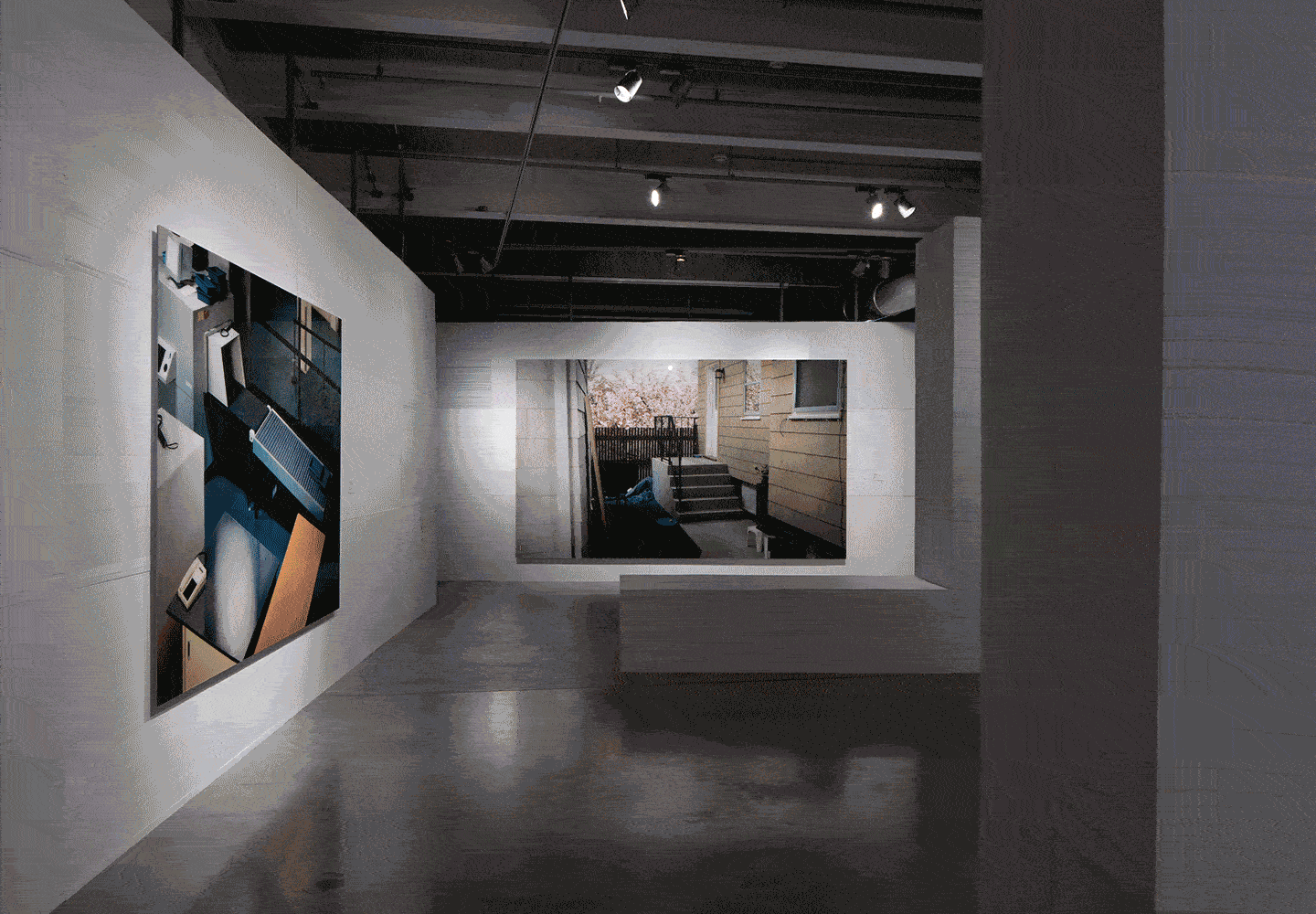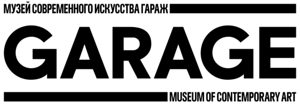Spirit Labor: Duration, Difficulty, and Affect
September 10, 2021–January 30, 2022
Gorky Park
9/32 Krymsky Val St.
119049 Moscow
Russia
Hours: Monday–Sunday 11am–10pm
T +7 495 645 05 20
pr@garagemca.org
Garage Museum of Contemporary Art is pleased to present two fall exhibitions, both of which opened September 10 and will remain on view through January 30, 2022.
Thomas Demand. Mirror Without Memory
Mirror Without Memory is Thomas Demand’s first exhibition in Russia. It is composed of intentionally fragmented sections spread across two floors of the museum. The conceptual photographer is best known for his life-size cardboard reproductions of symbolically loaded scenes—often taken from current events—which he constructs, photographs, and destroys. Philosopher Jacques Rancière has described Demand’s work as a “mirror” that reflects the empty, hence the show’s title.
Demand’s sets exclude human figures or visible action and live within their photographs as autonomous units that assemble into formal or substantive syncopations. To that end, a number of the works in Mirror Without Memory are accompanied by commentaries that aim to trigger mnemonic mechanisms in reaction to certain events and images.
The core of the exhibition spans two decades of Demand’s practice, from 1991 to 2021. The most recent work is a series on Edward Snowden that the artist created specifically for his presentation at Garage. Accordingly, Mirror Without Memory is a complex systemic reflection on reality, unreliable memory, and the vague consensus regarding events of one kind or another.
The exhibition also features works by filmmaker, writer, and New German Cinema ideologist Alexander Kluge, screened on three hanging sculptures. These floating film pavilions, which were designed by Demand and make distant reference to constructivist form-making, act as a vessel for Kluge’s video sequels-cum-interpretations of three Demand works featured in the exhibition: Repository, Five Globes, and Ruine/Ruin.
The ground floor is focused on the concept of models and modeling. Through interaction with architects (the Japanese practice SANAA and the UK-Swiss practice Caruso St John Architects), the artist presents a comprehensive exploration of the model: its life cycles, inner dynamics, the regimes of its synchronization with physical reality.
Spirit Labor: Duration, Difficulty, and Affect
In memory of Nikita Alexeev (1953–2021)
Artists: Chingiz Aidarov, Vyacheslav Akhunov, Yuri Albert, Nikita Alexeev, Luchezar Boyadjiev, André Cadere, Eugenijus Antanas Cukermanas, Gino De Dominicis, Duan Yingmei, He Yunchang, Hamlet Hovsepian, Tehching Hsieh, On Kawara, Koh Nguang How, Vitaly Komar, Elena Kovylina, Andrey Kuzkin, Tetsuya Noda, Roman Opałka, Nam June Paik, Ghenadie Popescu, RASSIM®, Yoshiko Shimada, Mihai Stanescu, Fiete Stolte, Sun Furong, Melati Suryodarmo, Vyacheslav-Yura Useinov, Alexander Yulikov, Zhou Bin
The exhibition Spirit Labor brings together thirty artists of various generations from southeast and central Asia, the Caucasus, and Eastern and Western Europe, whose works investigate the most significant and complex substance known to humans—time and its duration. Through the body of the artist or the act of making and showing art, these works explore the possible forms of the expression of time through art. There are attempts to archive time, to slow it down or speed it up, and to expand, repeat, and loop it to the point of implosion, bringing into question how we perceive time’s continuity and progressive flow.
The English title of the exhibition, Spirit Labor, is borrowed from the eponymous video essay by the British performance historian and curator Adrian Heathfield, in which he analyzes a specific type of artist’s labor based on overcoming forces such as time or natural phenomena. In examining time through the dimension of the spirit, the exhibition explores the many different aspects of what duration can mean. Yet Spirit Labor, as artist Melati Suryodarmo has pointed out, is not about spirit itself (at least not in the religious and transcendental meaning of the word) but about the underlying principle behind the making and performing of some works that betrays a sustained practice of spirit.
Such a sustained practice of spirit is invariably seen in the “body,” which becomes one of the central objects of representation in the exhibition. This is reflected in the narrative, which starts from endurance and radical body art and moves on to conceptual and bodily practices, creating a variety of sometimes non-linear connections between different traditions in art and particular works. However, the exhibition design encourages the viewer to experience each work on its own, in an intimate space not unlike a monastic cell. In this exhibition, categories like time, endurance, and spirit labor become tangible and reveal their strong connection to each other, showing that artworks are fundamentally demanding, whether in terms of the artist’s labor or the viewer’s effort and attention.
A virtual tour of both exhibitions is available to stream in English here. Mirror Without Memory is curated by Katya Inozemtseva, Garage Chief Curator. Spirit Labor is curated by Snejana Krasteva and Andrey Misiano, both Garage curators.



